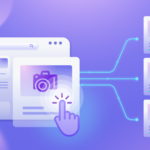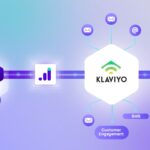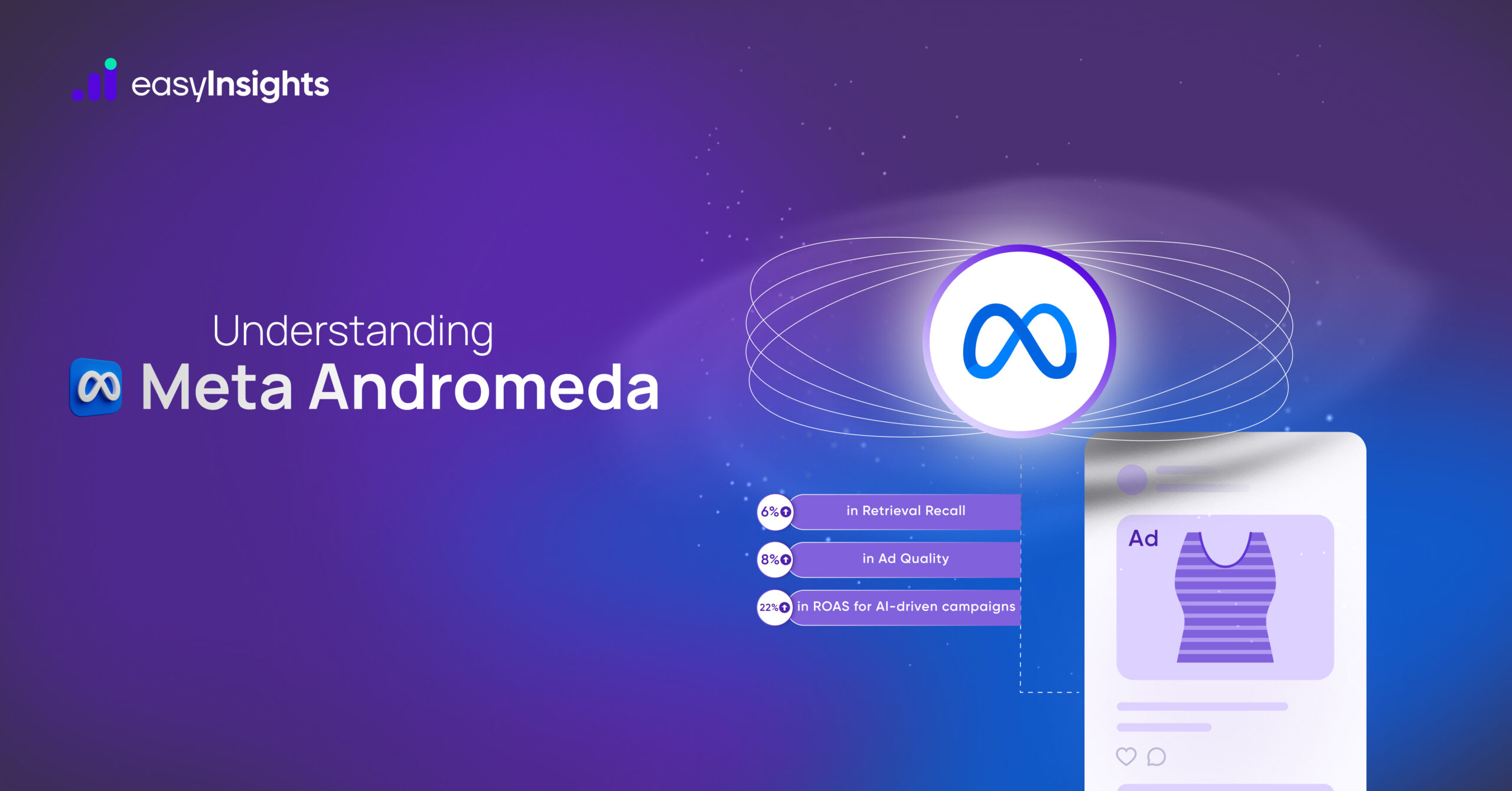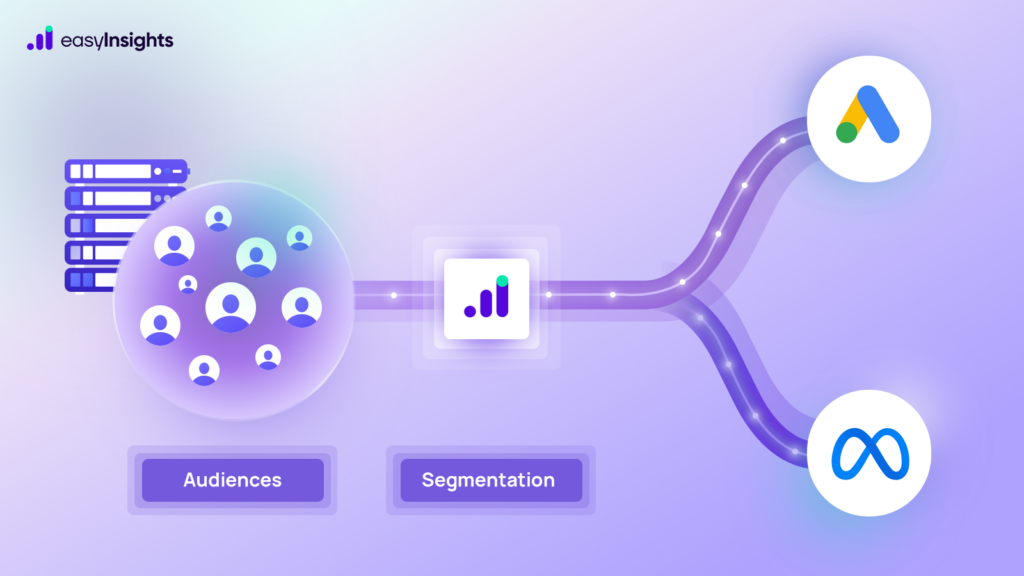
In today’s marketing world, sending the same message to everyone no longer works. People expect brands to understand their interests and speak directly to them. When marketing feels personal, it grabs attention, builds trust, and leads to better results – like more clicks, more sales, and more loyal customers.
That’s why audience segmentation is so important.
Audience segmentation means dividing your customers into smaller groups based on things like age, location, behavior, or interests. This helps you send the right message to the right people at the right time. Instead of guessing what your audience wants, segmentation helps you understand them better and market smarter.
In this blog, we’ll explain what audience segmentation is, why it matters in 2025, and which tools can help you do it effectively.
What is Audience Segmentation?
Audience segmentation is the process of dividing your overall audience into smaller, specific groups based on shared characteristics. These groups can be created using factors like age, location, gender, behavior, interests, or even how people interact with your brand.
For example, a clothing brand might create different segments for college students, working professionals, and parents – each group has different needs, shopping habits, and preferences. By understanding these differences, marketers can send personalized messages, show relevant products, and create better customer experiences.
Types of Audience segmentation
To create meaningful customer groups, marketers use different types of segmentation. Here are the most common ones:
Demographic Segmentation – Groups people based on age, gender, income, education, occupation, etc.
Geographic Segmentation – Divides audiences by location – country, city, climate or region.
Psychographic Segmentation – Looks at lifestyle, values, personality, or interests.
Technographic – Segments users by their use of technology, platforms, and devices.
Firmographics – Groups prospects based on shared company attributes like number of employees, revenue, industry, or location.
Behavioral Segmentation – Focuses on how people behave – purchase history, website activity, product usage, or engagement.
Customer Journey Stage Segmentation – Separates users based on where they are in the buying journey – awareness, consideration, or decision.

Top 5 Audience Segmentation Tools
1. EasyInsights
EasyInsights helps performance marketers to create audience segments based on real-time data across different channels. It collects website user behavioral data (like clicks, conversions, and sessions) from your ads, website, and CRM. It also uses server-side tracking to ensure data accuracy, even when cookies or pixels fail.
With the audience suppression feature you can exclude users who’ve already converted or taken a desired action. For example, if someone just purchased your product, you can automatically exclude them from seeing further sales ads. This avoids wasted ad spend and improves the overall customer experience.
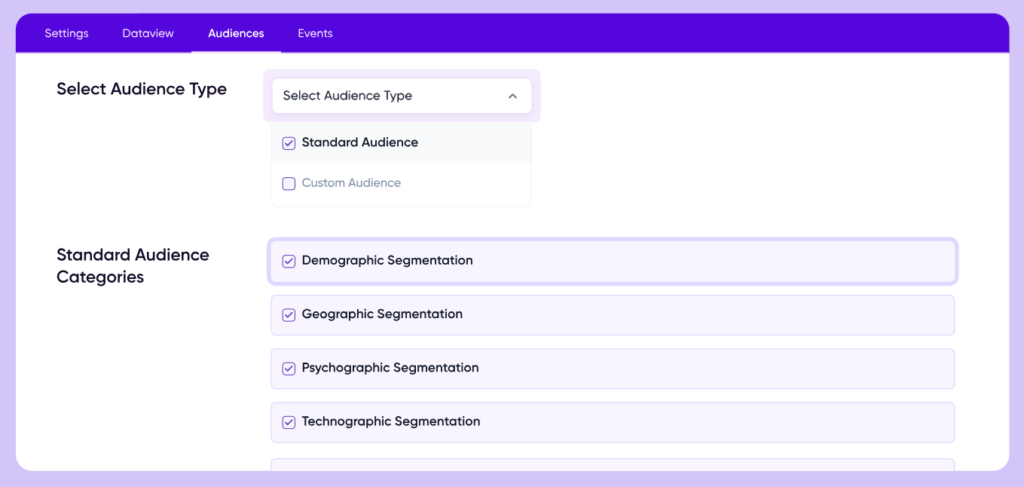
Key Features include :
- 100% Accurate Event & Conversion Tracking: Capture every meaningful action with precision
- Custom Events Based on Real Business Logic: Track KPIs like AOV, Volume, Acquisition, Delivered Orders, and more
- Complex Funnel Conversion Tracking: Integrate across WhatsApp, Calling Platforms, POS Systems, etc.
- High Event Match Rate & Full Coverage: Maximize visibility across user journeys
- True & Unbiased Attribution: Session-by-session user tracking for accurate channel and campaign ROI
- Dynamic Audience Creation & Suppression: Build precision-targeted segments in real time
- Feed Enhancement with Custom Attributes: Enrich your product and event data for better targeting & performance
Cons:
- EasyInsights does not offer built-in reporting. Instead, it sends all your data to platforms like Meta Ads Manager and Google Ads Dashboard for analysis.
Pricing: Starts from 250$/Month
With EasyInsights, you can identify high-intent users, group them into custom segments (e.g., MQLs, repeat buyers), and sync those segments with platforms like Meta or Google Ads for better targeting and retargeting.
2. Google Analytics (GA4)
Google Analytics 4 (GA4) is a free tool from Google that helps you track what users do on your website or app. The latest version, GA4, is part of the Google Marketing Platform and can be used for free, or as a paid version with extra features.
Features:
- Flexible audience builder: Build audiences using dimensions, metrics, and events – drill down on behaviors, demographics, engagement, or sequences
- Real-time Updation: Audiences auto-update as new data arrives; users no longer matching criteria are removed
- Predictive audiences: Leverages GA4’s AI to auto-suggest segments like build an audience for ‘likely 7-day purchasers’ that includes users who are likely to make a purchase in the next 7 days.
Cons:
- GA4 does not update your data in real time, which can be a limitation for marketers who need immediate insights into user behavior and campaign performance.
Pricing:
- Free GA4 edition: Fully featured audience builder at no cost.
- Google Analytics 360 (enterprise): Starts at $50,000/year
To enhance this even further, you can integrate EasyInsights with GA4. It sends advanced behavior signals – like users who dropped off during checkout or clicked multiple times out of frustration – helping you quickly identify and fix issues to improve conversions.
3. HubSpot
HubSpot is a tool that brings all your customer activities together – including marketing, sales, social media, and support.
One of its most useful features is List Segmentation, found in the Marketing Hub. It helps you:
- Create lists based on people or companies in your database
- Send personalized emails automatically to different groups
- Divide your audience based on things like age, last downloaded content, or how much they might spend
- Audience segmentation to send tailored messages based on behavior, lifecycle stage, or engagement
- Sync audience segments with ad platforms for retargeting.
Cons: HubSpot does not have its own pixel to send conversion data back to Meta or Google Ads. This limits its ability to provide accurate, attribution directly within ad platforms, affecting ad optimization and reporting.
Pricing for Marketing:
- Professional: 800$/month; Include 2,000 marketing contacts
- Enterprise: 3600$/month; Include 10,000 marketing contacts
This makes it easy to send the right message to the right people, without doing it all manually.
4. Klavyio
Best for : Email and SMS Marketing
Klaviyo is a powerful marketing platform designed especially for e-commerce businesses. It helps you turn customer data into personalized email and SMS campaigns that drive sales.
Klaviyo uses both past behavior and real-time actions – like browsing or purchasing – to automatically group customers into smart segments. This means you can send the right message to the right person at the perfect time. It easily connects with platforms like Shopify and WooCommerce, so you can set up behavior-based messages without needing to code.
Key features include:
- Automated emails for abandoned carts
- Smart product recommendations based on past purchases
- Advanced segmentation based on browsing, buying, or predicted customer value
- Drag-and-drop campaign builder that’s easy to use
- Built-in SMS marketing to reach users via text
Cons:
- Klaviyo is limited to email and SMS marketing – it does not support sending data back to Meta or Google Ads platforms for audience targeting or conversion optimization.
Pricing:
- Free: Not available for over 250 active profiles.
- Email: $45/month; 15,000 Emails/month and SMS/MMS credits per month
- Email + SMS: $60/month Include 15,000 Emails + 1,250 SMS/MMS credits per month
With Klaviyo, you can create targeted campaigns that feel personal – helping you increase engagement and boost revenue.
5. Mixpanel
Best for: Product analytics and user behavior tracking
Mixpanel helps you understand how people use your website or mobile app. It focuses on event-based tracking, which means you can track specific actions – like clicks, signups, or feature usage – to see what users are doing in real time.
What makes Mixpanel unique is its ability to analyze user behavior across their entire journey. It also uses predictive analytics to show you which users are most likely to convert, stay active, or drop off, so you can take action early.
Key features include:
- Event-based tracking across web and mobile apps
- Enables you to segment your audience using a variety of criteria.
- Funnels and cohort analysis to understand drop-offs
- Real-time data analysis.
- Easy-to-use segmentation and user profiles
Cons: Mixpanel doesn’t directly connect with popular cloud data warehouses
Pricing:
- Free: $0
- Growth: $20 per month
- Enterprise: custom quote
Conclusion
Customer segmentation tools offer multiple benefits from personalized marketing to enhanced customer experiences. By using these tools, businesses can gain deeper insights into customer behavior, preferences, and needs, which allows for more effective and targeted marketing strategies. Leveraging this data helps you build products or services that truly connect with your audience which ultimately leads to higher conversions and increased revenue.
If you’re looking for a one-stop solution to manage, unify, and activate all your data across platforms, EasyInsights is the tool to go for.
EasyInsights empowers you to collect, analyze, and sync data from various sources – enabling smarter segmentation, better attribution, and more efficient marketing decisions in one seamless platform.
To know more Book a demo Today!
Additional Read – What is Audience Segmentation? How to do


